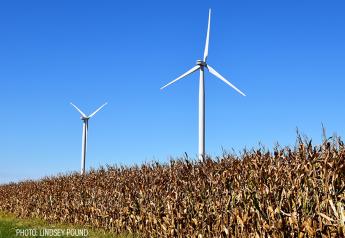Strong dollar may muscle its way through 2017

The USDA-ERSS is predicting that the strong U.S. dollar will flex its muscles at a slower rate this year but still maintain a slow strengthening pattern through 2017 before turning toward a gentle decline.
Grain marketer Ted Seifried explains how this can negatively affect U.S. grain markets.
"For one, it creates a more difficult situation for U.S. exports," he says. "As the U.S. dollar gains strength compared to other currencies, it makes U.S. products more expensive. This comes at a time when the global grain market is very competitive already. It [also] creates a competitive advantage on imports to the U.S., and in extreme cases, cheap foreign grain could help keep a lid on U.S. prices."
The U.S. dollar is not the only determining factor for grain prices, but it has held a noticeable influence in recent years, Seifried says.
"We'll need to keep an eye on it," he says."

USDA-ERS exchange-rate projections through 2025 predict the dollar will gain strength at a slower pace in 2016 and 2017, then trend lower (again at a slow pace) from 2018 through 2025. This exchange rate is determined my measuring the dollar's value against 79 foreign countries, weighted by share of U.S. ag exports.







